Dogs can scrape their legs and feet, get minor cuts on their bodies, and even develop rashes from rolling around on the carpet or grass too much. So, what is a human companion to do when they see a small abrasion or skin rash on their dog that looks like it could use antibiotics? Is antibiotic ointment suitable for use on canine family members? Unfortunately, the answer is not cut and dry.
Dogs with minor wounds should never be treated with antibiotic ointments designed for humans. Although your veterinarian may prescribe a medicine that’s also used by humans, it will have a lower dosage and may not contain the same ingredients. However, we compiled a list of rules and guidelines to refer to.

Using Neosporin on Your Dog
Neosporin is the most popular type of antibiotic ointment available on the market that does not require a prescription. It can be used on almost any kind of burn or wound. However, is it safe for dogs? Sometimes! Two of the three medications found in Neosporin are considered safe for dogs. The third, neomycin, has been linked to the loss of hearing in some dogs, though this is almost exclusively from intravenous or oral usage.
While topical application is unlikely to lead to hearing loss, your dog may have an allergic reaction to Neosporin, as can be the case with any medication prescribed. Minor burns, small cuts, scratches, and other surface injuries, in general, will likely benefit from the help of Neosporin. Using it on deep cuts and abrasions may result in negative side effects.
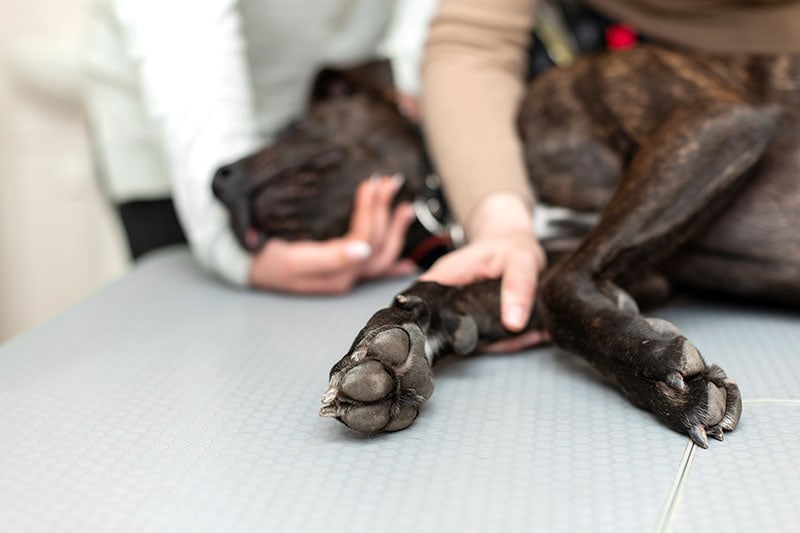
Choosing an Antibiotic Ointment for Your Dog
There are many other antibiotic ointments available on the market aside from Neosporin, but it can be challenging to find out their specific ingredients. You can check out the ingredients list, of course, but chances are that you won’t recognize at least half of them. Therefore, it is a good idea to consult with a veterinarian anytime you think that your dog needs anything stronger than Neosporin.
Your veterinarian can provide a prescription or recommendations for over-the-counter antibiotic ointments that are safe for your dog and their condition. They’ll use your pet’s background, current health condition, and other veterinary records to determine the best treatment option for your pup.
If you need to speak with a vet but can't get to one, head over to PangoVet. It's our online service where you can talk to a vet online and get the advice you need for your pet — all at an affordable price!

Natural Alternatives to Antibiotic Ointments
While not to be relied upon in all instances, there are home remedies you can turn to if you don’t have quick access to pharmaceutical treatment from a vet. For example, oregano oil has been shown to be an effective natural antibiotic for humans and dogs alike. It may work for cats and other animals, too. Experts say that oregano oil helps prevent the growth of bad microbes.
Colloidal silver is another topical antimicrobial you can consider. It also happens to work as an antifungal medication, which is great for dog owners who love spending hiking and camping with their pets. Other natural antibiotics to consider offering your dog include:
- Olive leaf
- Manuka honey
- Cinnamon bark
- Goldenseal
- Turmeric
- Plantains
It’s best to contact your veterinarian before using a home remedy. If your dog’s condition is manageable at home, your vet can suggest an ideal treatment.
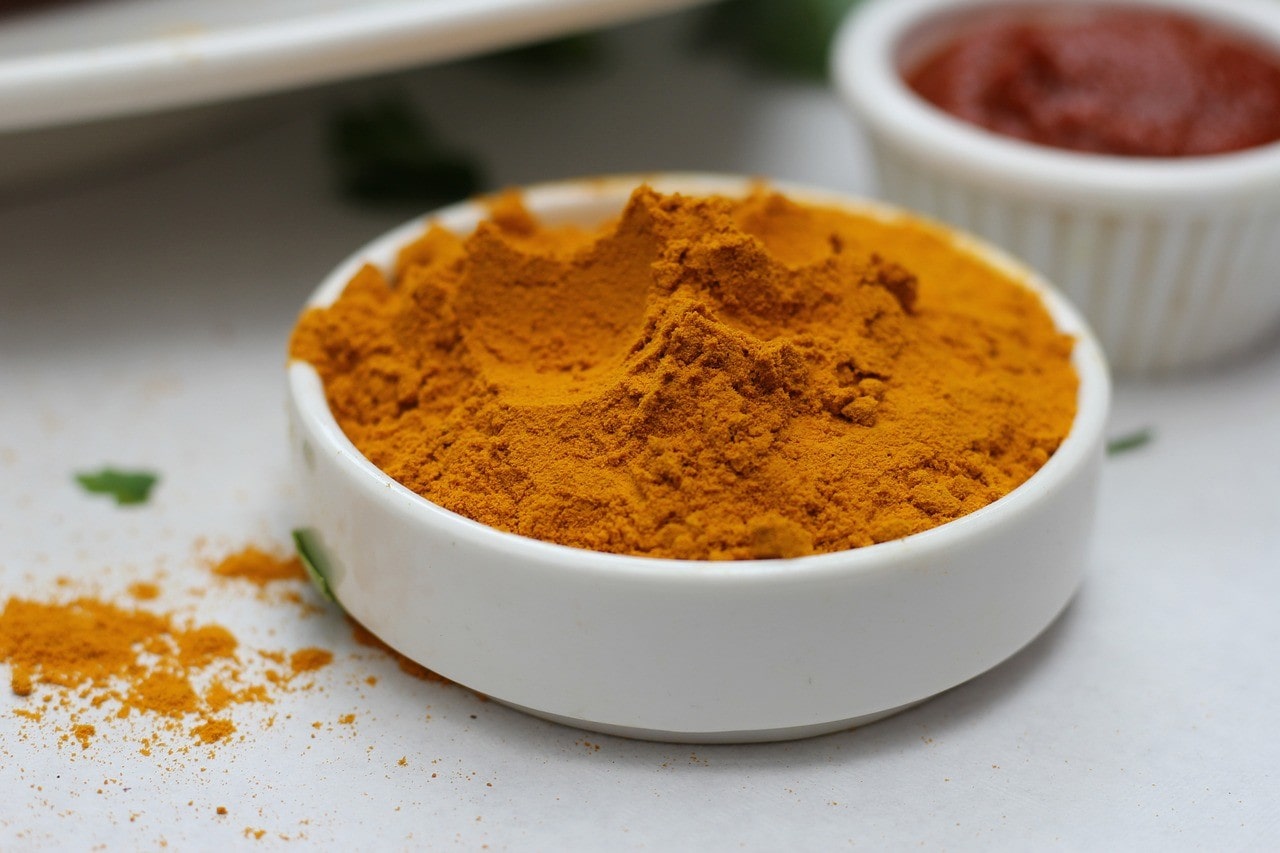

In Conclusion
Various dog injuries can heal on their own, but sometimes, they require assistance from their humans. Antibiotics can help your pooch heal much faster than without them, though it depends on the problem and the type of antibiotics being introduced. Hopefully, this list has given you an understanding of what to offer and when to contact a trusted veterinarian.
- See also: Tylosin for Dogs
Featured Image Credit: Miriam Doerr Martin Frommherz, Shutterstock
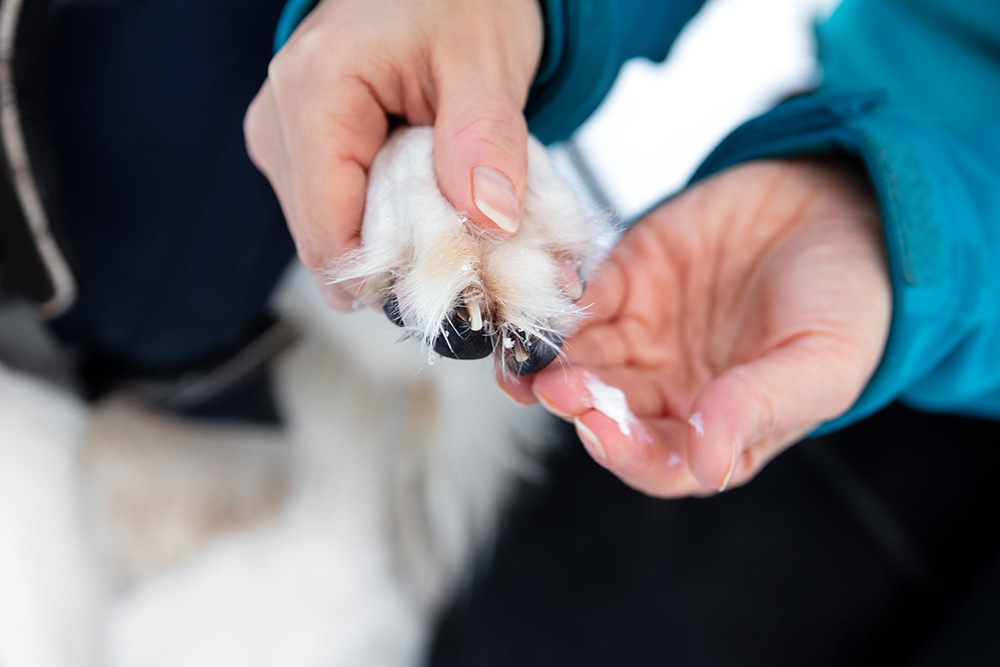





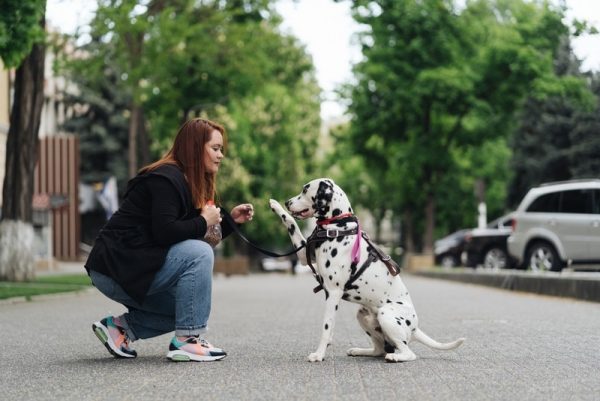
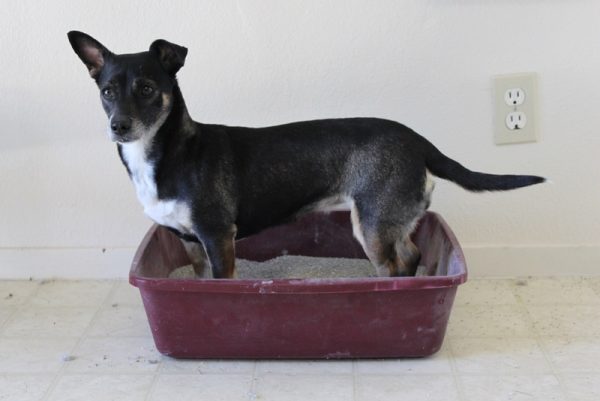











2 Responses
What if they lick off antibiotics cream what will happen if they just do it once and it’s a small amount
Hi Susan, thank you for your comment! We are sure that this may be a question that other readers have asked themselves at some point. If your dog licks off a small amount of antibiotic cream just once, it’s usually not a cause for alarm. Topical antibiotic creams are typically designed for external use and may cause mild gastrointestinal upset, such as drooling, lip licking, vomiting, or diarrhea, if ingested in small amounts.
However, the specific reaction can depend on the type of antibiotic and the amount ingested. If your dog presents digestive signs, we recommend contacting your vet for advice. I hope this helps 🙂